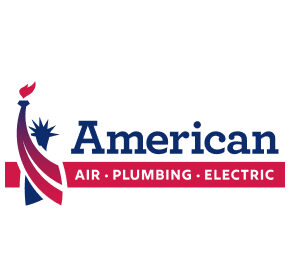Most people would be surprised to learn that some everyday household items contaminate the air we breathe. These items include pollen and spores, pet dander, human skin flakes, candle soot, infiltrating dust, viruses, bacteria, fungi, radon gas, tobacco or wood smoke, cooking smoke, airborne grease, and various chemical fumes. With every breath we breathe, millions of airborne particles are taken in. And believe it or not, the smallest of particles are the ones that cause the most concern. Viruses, bacteria, smoke, and grease are at the top of the list of these small indoor contaminants that can do the most damage to our health and home.
According to the Environmental Protection Agency, the demand for cleaner air in our homes has been on the rise. The effectiveness of the filtration process depends on the type of air cleaner used and the number and size of the particles in the air. When visiting our customers, we often learn that they are not aware that the basic throw-away fiberglass filters collect as little as 3% compared with more effective HEPA filters that capture approximately 99.9% of airborne particles.
These are some of the main air cleaners and filters and how they are categorized:
Basic Filters, come standard with most HVAC systems. These filters do very little in preventing the small particles and are primarily useful in collecting the large dust that can clog your equipment.
Media Filters, filter the air using webs of polypropylene fibers. These are the least used filters amongst residential consumers although they are probably among the best available when it comes to efficiency and cost.
Electronic Air Cleaners, Electronic air cleaners draw air through an ionization section where particles obtain an electrical charge. The charged particles then accumulate on a series of flat plates. Ion generators disperse charged ions into the air, similar to the electronic air cleaners but without a collector. The more effective electronic air cleaners capture up to 99.9% of airborne particles.
High-Efficiency Particulate Air (HEPA) filters are composed of a mat of randomly arranged fibers, generally made of fiberglass. They are designed to block pollutants and particles by trapping airborne particles to the filter fibers using one of three techniques: interception HEPA filters, impaction HEPA filters, and diffusion HEPA filters.

